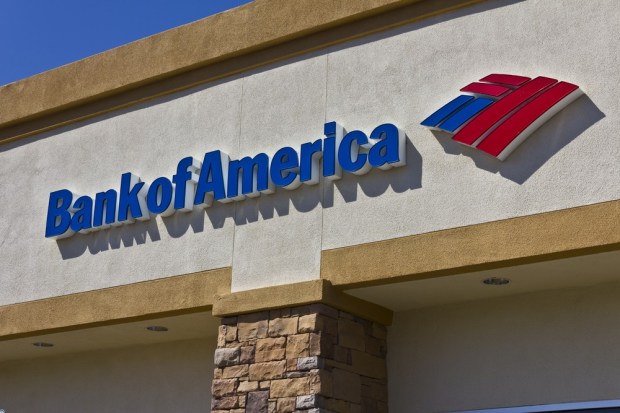Bank Of America Merchant Services Eyes Costly Small Business Data Breaches

A new survey from Bank of America Merchant Services shines a spotlight on the increasing concerns — and increasing costs — of data breaches.
The financial institution released the results of its Small Business Payments Spotlight survey last week, which surveyed more than 500 small business owners and 500 consumers in the U.S. According to the bank, 22 percent of consumers who have already had their personal or bank information stolen by a data breach said they would not shop at a small business that had fallen victim to a data breach.
Bank of America Merchant Services said data breaches can be “devastating” to small businesses. Nearly 40 percent of SMBs that said they had been hit by a data breach said it cost more than $50,000, a sum attributed to costs of lost sales and efforts to remedy the breach. But the survey showed that the impact of a data breach on a small business goes beyond finances, with SMBs losing trust and business from their customers.
“What’s most intriguing about the findings in this year’s Small Business Payments Spotlight is that today’s business owners are increasingly technology-savvy and attuned to their customers’ changing preferences and expectations,” said Tim Tynan, chief executive officer of Bank of America Merchant Services. “Small businesses can use their size to their advantage and pivot with greater speed to new payments acceptance, eCommerce and loyalty capabilities that strengthen relationships with their customers.”
Other findings of the survey include the 35 percent of consumers that said they no longer tolerate waiting in line at a small business because of the convenience that mobile checkout features offer. Bank of America Merchant Services additionally found more small businesses responding to this trend by accepting mobile payments as customers become more comfortable paying with a mobile device.
Fifty-one percent of small businesses surveyed also said they maintain an eCommerce site, up from 44 percent in last year’s survey.
